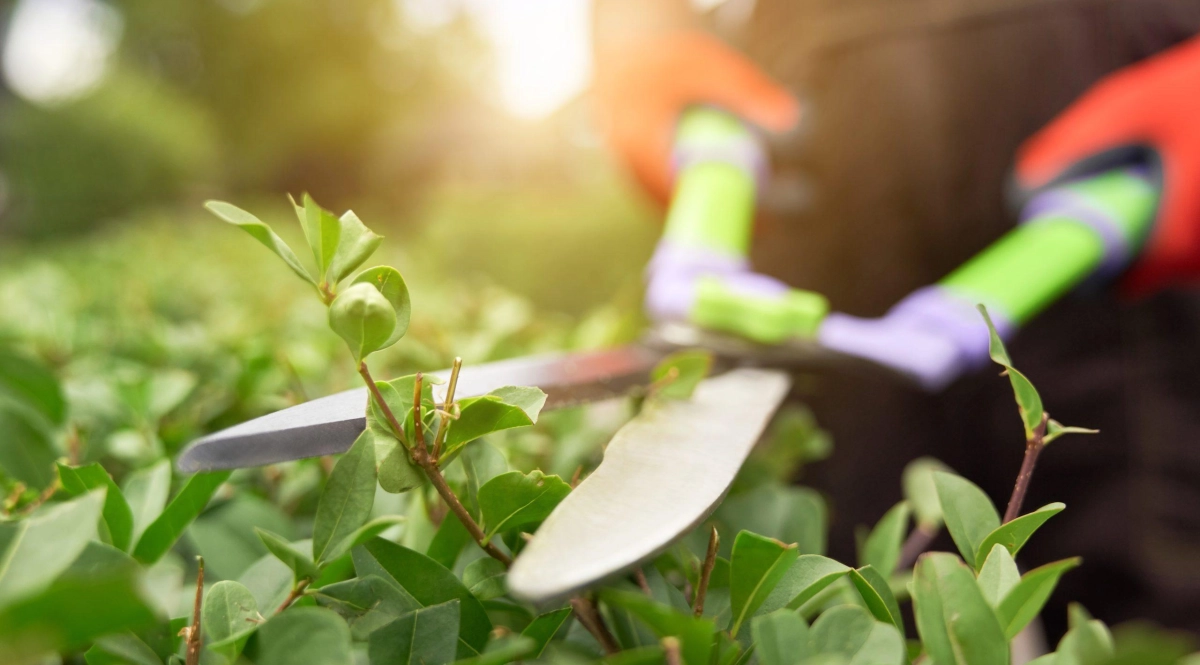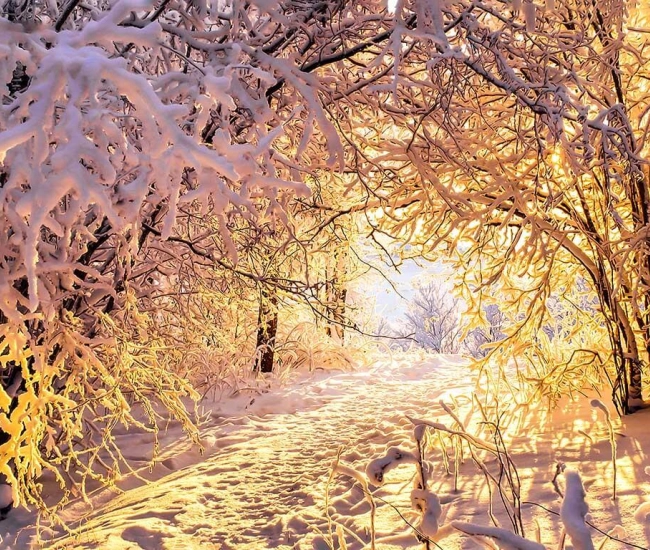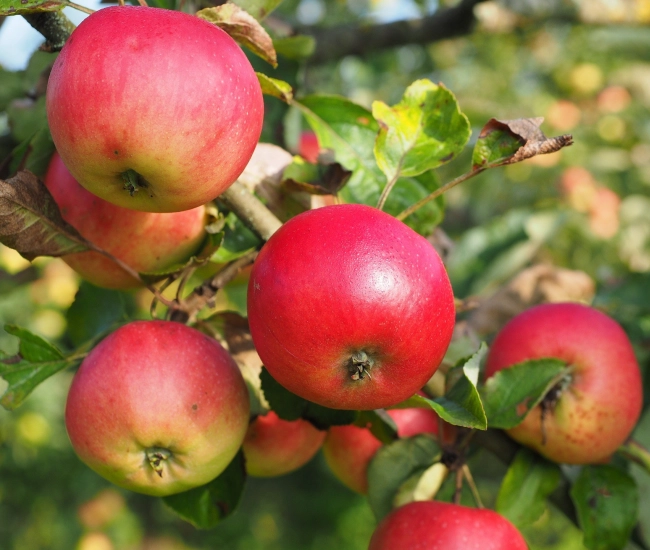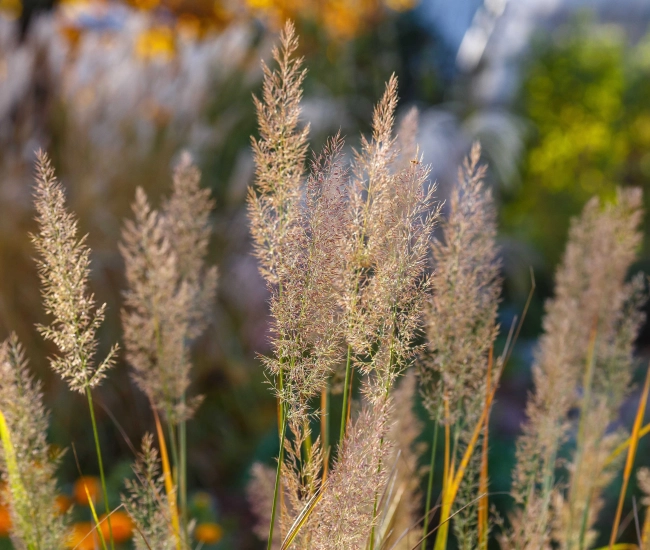
Text by Hélène Baril – Horticulturist, lecturer & author
—
Mid-October is the ideal time of year for maintenance pruning to preserve the health and vigor of certain plants, but it's essential to know which shrubs or perennials benefit from this late pruning and how to do it.
Should we prune perennials in the fall?
Some say that cutting back perennials in the fall (except for those with evergreen foliage and grasses) simplifies spring garden work and prevents the risk of disease spread, while many gardeners advocate for the law of nature that plants need no human intervention in the fall and a light spring cleaning is enough to preserve soil quality and plant beauty.
Although both schools of thought have their advantages, Mother Nature prevails. It is preferable to keep most of the healthy stems and leaves of perennials since their flowering stems (fruits and seeds) will feed birds and allow beneficial insects to shelter there, and their foliage will act as a windbreak, protecting roots from frequent temperature fluctuations in winter thanks to the presence of snow accumulated at their base.
Only perennials that are diseased or infested with insects should be pruned and cleaned in the fall, and pruning residues should be destroyed (burned or disposed of) and not composted. Other plants that can serve as wintering sites for pests (slugs and iris borers) such as hostas, daylilies, and irises should also be pruned.

When to prune shrubs and conifers in the fall?
For shrub pruning, it all depends on flowering. Shrubs that bloom on the previous year's wood, those that flower very early in the spring, should be pruned immediately after flowering since their future flower buds prepare shortly after the last bloom. Summer-flowering shrubs that produce buds on the current year's wood benefit from fall maintenance pruning after their leaves have fallen. Although they can be done in the fall, severe prunings such as rejuvenation or training pruning are preferably done in the spring to avoid frost damage. In the fall, prune moderately. Avoid removing more than 20% of the canopy per year, especially before winter.
Some shrubs that bloom on the previous year's wood
- Aronia
- Caragana
- Forsythia
- Hydrangea macrophylla
- Lonicera
- Magnolia
- Mahonia
- Philadelphus
- Physocarpus
- Rhododendron
- Syringa
- Spiraea x vanhouttei and Spiraea x arguta
- Viburnum
- Weigela
For conifers, regardless of species and shape, pruning is ideally done in the spring (mid-June) or at the latest by mid-September. Pruning too late hinders their proper development.

The secrets of pruning
Cuts should be clean and sharp, pruners should be cleaned and well-sharpened, and wearing safety glasses is recommended. Suckers growing at the base of plants, crossing and injuring branches, dead or damaged branches, and stubs (dried tips) can be removed at any time. It is important to make directional cuts that encourage the development of buds pointing outward.
Get your pruners ready and have a great fall!
Tips and advice



